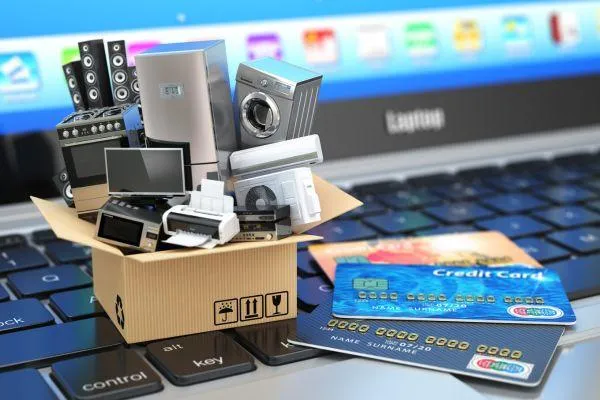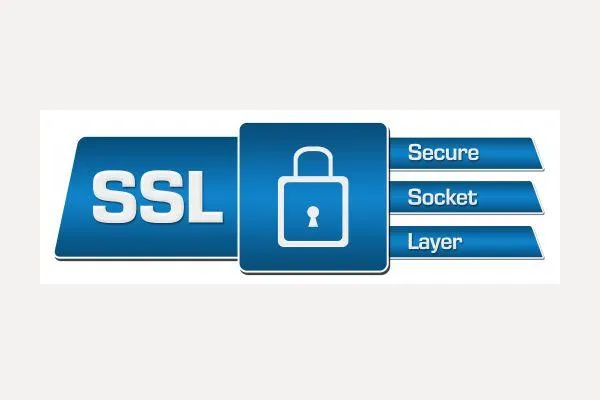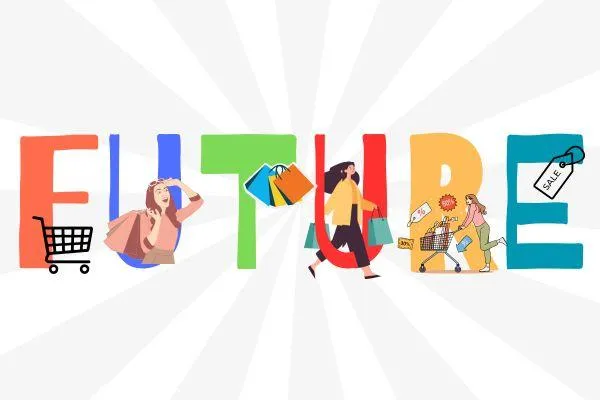
866-353-7711-
info@laughlinbizcredit.com

The History of E-Commerce

The Dawn of Electronic Commerce (1960s-1970s)
The roots of e-commerce stretch back much further than the World Wide Web. The concept began in the 1960s with Electronic Data Interchange (EDI), a system that allowed businesses to exchange documents and conduct transactions electronically. Companies like General Electric and IBM pioneered these early electronic business networks, primarily for business-to-business transactions.
The first recorded e-commerce transaction occurred on August 11, 1994, when Dan Kohn sold a Sting CD for $12.48 plus shipping via his website NetMarket. However, the foundations were laid decades earlier through various technological innovations and business experiments.

Early Pioneers and Foundation Technologies
Electronic Data Interchange (EDI) - 1960s
EDI emerged as the first form of e-commerce, allowing companies to electronically exchange business documents such as purchase orders and invoices. Major corporations adopted EDI to streamline supply chain operations and reduce paperwork, creating the first digital business transactions.
The Rise of Electronic Shopping - 1970s-1980s
In 1979, Michael Aldrich invented electronic shopping by connecting a modified domestic TV to a real-time transaction processing computer via a domestic telephone line. This created the first business-to-consumer e-commerce system, though it was primarily used for business-to-business transactions initially.
CompuServe launched the Electronic Mall in 1984, one of the first online shopping platforms available to consumers. Around the same time, Gateshead SIS/Tesco launched the first online shopping service for consumers in the UK in 1984.


The Internet Revolution (1990s)
The World Wide Web Foundation
Tim Berners-Lee's invention of the World Wide Web in 1989-1990 provided the crucial infrastructure that would make modern e-commerce possible. The development of web browsers like Mosaic (1993) and Netscape Navigator (1994) made the internet accessible to ordinary consumers.
Security Breakthrough
The development of Secure Socket Layer (SSL) encryption by Netscape in 1994 was pivotal for e-commerce growth. SSL made it safe to transmit sensitive information like credit card numbers over the internet, addressing one of the biggest barriers to online shopping.
First Major E-Commerce Companies
Amazon (1994) Jeff Bezos founded Amazon in July 1994, initially as an online bookstore operating from his garage in Bellevue, Washington. Bezos chose books because they had a large catalog of items and were easy to ship. Amazon's first sale was a book titled "Fluid Concepts and Creative Analogies" by Douglas Hofstadter.
eBay (1995) Pierre Omidyar launched AuctionWeb (later renamed eBay) in September 1995. The first item sold was a broken laser pointer for $14.83, marking the beginning of the consumer-to-consumer e-commerce model.
Yahoo! Store and Other Early Platforms Yahoo! launched Yahoo! Store in 1998, providing small businesses with tools to create online stores. Other early platforms included CyberCash and First Virtual, which focused on secure payment processing.

The Dot-Com Boom and Bust (Late 1990s - Early 2000s)
The Gold Rush Era (1995-2000)
The late 1990s saw explosive growth in e-commerce ventures. Companies like Pets.com, Webvan, and eToys received massive funding based on the promise of internet commerce. This period was characterized by rapid expansion, high valuations, and significant investments in online retail infrastructure.
Major Milestones
1995: SSL encryption made online transactions secure
1998: PayPal founded (initially as Confinity)
1999: Alibaba launched in China by Jack Ma
2000: Google AdWords launched, revolutionizing online advertising
The Bubble Bursts (2000-2002)
The dot-com crash eliminated many e-commerce companies that had unsustainable business models. However, companies with solid fundamentals like Amazon and eBay survived and eventually thrived, having learned valuable lessons about profitability and customer service.

The Recovery and Maturation Period (2000s)
Surviving Companies Strengthen
Amazon expanded beyond books into general merchandise, while eBay refined its auction model and expanded globally. Both companies focused on improving user experience and building trust with customers.
New Players Enter the Market
Shopify (2006): Made it easier for small businesses to create online stores
Etsy (2005): Focused on handmade and vintage items
Netflix (1997, streaming 2007): Transformed from DVD-by-mail to streaming, pioneering digital content commerce
Mobile Commerce Emergence
The launch of the iPhone in 2007 and Android in 2008 opened new possibilities for mobile commerce. Companies began developing mobile apps and mobile-optimized websites to capture the growing mobile user base.

The Social Commerce Revolution (2010s)
Social Media Integration
Facebook launched Facebook Marketplace in 2016, while Instagram introduced shopping features that allowed users to purchase products directly from posts. Social media platforms became significant drivers of e-commerce traffic and sales.
The Subscription Economy
Companies like Netflix, Spotify, and Dollar Shave Club popularized subscription-based e-commerce models. This shift from ownership to access transformed how consumers interact with products and services online.
Global Expansion
Chinese e-commerce giants like Alibaba and JD.com became major global players. Alibaba's Singles' Day (11.11) became the world's largest shopping event, surpassing Black Friday and Cyber Monday combined.

Modern E-Commerce Landscape (2020s)
Pandemic Acceleration
The COVID-19 pandemic dramatically accelerated e-commerce adoption. Online retail sales grew by over 30% in 2020 as consumers shifted to digital shopping out of necessity. Traditional retailers rapidly expanded their online presence to survive.
Omnichannel Retail
Modern e-commerce has evolved into omnichannel experiences that seamlessly integrate online and offline shopping. Features like buy-online-pickup-in-store (BOPIS), same-day delivery, and augmented reality try-on experiences have become standard.
Emerging Technologies
Artificial Intelligence: Personalized recommendations, chatbots, and predictive analytics
Voice Commerce: Shopping through Amazon Alexa, Google Assistant
Augmented Reality: Virtual try-ons and product visualization
Blockchain: Supply chain transparency and cryptocurrency payments

The Future of E-Commerce
Looking ahead, e-commerce continues to evolve with emerging technologies like virtual reality shopping experiences, Internet of Things (IoT) integration for automatic reordering, and more sophisticated AI-driven personalization. The lines between online and offline commerce continue to blur as retailers create more integrated, seamless shopping experiences across all channels.
The history of e-commerce represents one of the most significant transformations in how humans conduct business, fundamentally changing not just retail, but entire economic structures, consumer behaviors, and global trade patterns. From its humble beginnings with EDI systems to today's AI-powered, omnichannel experiences, e-commerce has continuously adapted and innovated, suggesting an exciting and dynamic future ahead.
Feature Article
Homepage
Business Solutions
Membership Plans
About Us
Contact Us
Legal and Policies
Become an Affiliate


